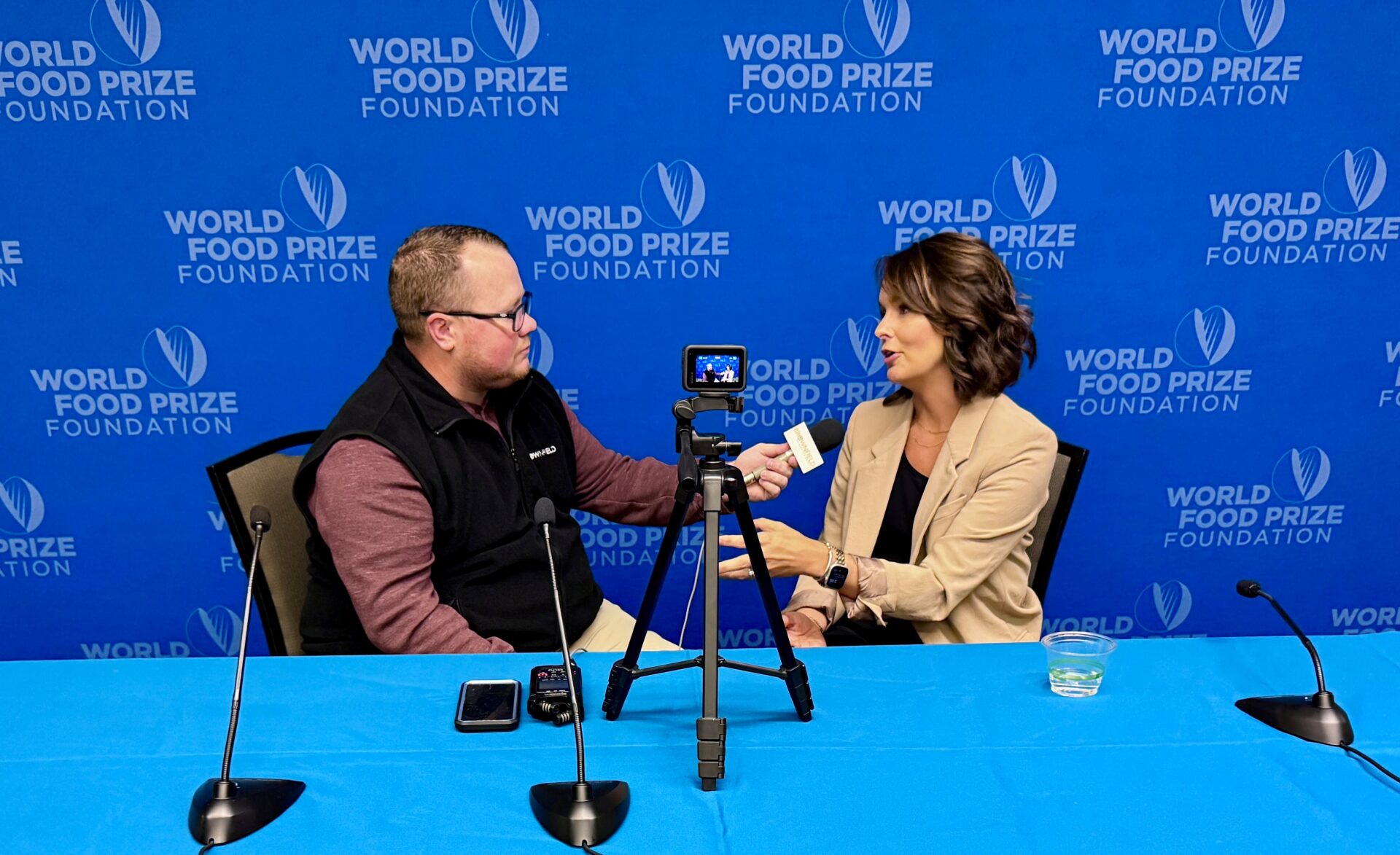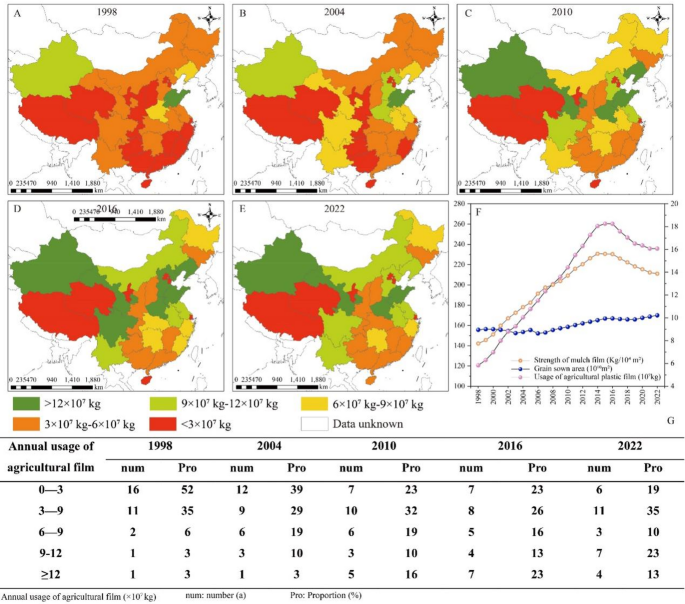Regional Initiative for Climate-Resilient Agriculture and Sustainable Development Goals
Project Overview and Alignment with SDG 17 (Partnerships for the Goals)
The Food and Agriculture Organization of the United Nations (FAO), in a multi-stakeholder partnership with the government of Iran, has launched a regional technical cooperation project to enhance national and regional capacities for climate-resilient agriculture. This initiative, which also includes Afghanistan, Bhutan, and Mongolia, exemplifies SDG 17 by fostering collaboration between international organizations, governments, the private sector, research institutions, and civil society.
The project was formally initiated during a national workshop in Tehran on October 19, which convened approximately 40 participants from diverse sectors to finalize Iran’s national work plan. This collaborative approach ensures that implementation strategies are tailored to local needs and priorities.
Addressing Climate Change and Water Scarcity: A Focus on SDG 13 and SDG 6
Iran’s geographical location within arid and semi-arid zones presents significant challenges related to water scarcity and recurring droughts, which are exacerbated by climate change. The agricultural sector, which accounts for an estimated 80 percent of the nation’s total water consumption, is highly vulnerable to these impacts. This project directly addresses these critical issues by:
- Promoting Climate Action (SDG 13): The initiative is a core climate adaptation strategy, introducing agricultural innovations and technologies to mitigate the effects of reduced rainfall, higher temperatures, and increased soil moisture evaporation.
- Ensuring Sustainable Water Management (SDG 6): By focusing on water-efficient crops and strengthening capacities in climate-smart water management, the project aims to improve water-use efficiency in the agricultural sector, contributing to the sustainable management of vital water resources.
Enhancing Food Security and Sustainable Land Use: Contributions to SDG 2 and SDG 15
A central objective of the project is to safeguard future food and nutrition security while promoting sustainable land use, directly contributing to SDG 2 (Zero Hunger) and SDG 15 (Life on Land). The strategy involves diversifying agricultural production systems through the promotion of drought-tolerant and high-nutrient crops. Key crops targeted by the initiative include:
- Quinoa
- Millet
- Soybeans
By encouraging the cultivation of these resilient crops, the project not only enhances food security but also supports the fight against land degradation and desertification, which is a critical component of protecting life on land in arid regions.
Key Project Objectives and Implementation Strategy
The regional project provides a platform for participating countries to address shared climate and water challenges. The implementation strategy in Iran is structured around several key objectives designed to ensure long-term adoption and sustainability:
- Promote the widespread cultivation of resilient crops such as quinoa, millet, and soybeans.
- Expand the adoption of sustainable and climate-smart agricultural practices.
- Strengthen institutional and individual capacities in advanced water management and agricultural technology.
- Foster robust partnerships between research institutes, farmers, and the private sector to create a sustainable ecosystem for innovation.
- Facilitate the transfer of technology and knowledge, leveraging Iranian scientific achievements for the benefit of other countries in the region, thereby improving the functioning of regional food systems.
SDGs Addressed in the Article
SDG 2: Zero Hunger
- Explanation: The article focuses on a project aimed at safeguarding “future food and nutrition security” in the face of climate challenges. It promotes the sustainable production of high-nutrient crops like quinoa and soybeans and aims to diversify production systems, which directly contributes to ending hunger, achieving food security, and promoting sustainable agriculture.
SDG 13: Climate Action
- Explanation: The core purpose of the project is to build “national and regional capacities for climate-resilient agriculture.” The article explicitly states that Iran faces climate change impacts such as “reduced rainfall, higher temperatures, and faster evaporation,” and the project is a direct strategy to “adapt its agricultural sector to climate change.”
SDG 6: Clean Water and Sanitation
- Explanation: The article highlights that Iran faces “recurring water scarcity and droughts” and that agriculture accounts for “about 80 percent of total water use.” The project aims to address these water challenges by improving “water efficiency” and strengthening capacities in “water management,” which is central to ensuring the sustainable management of water.
SDG 17: Partnerships for the Goals
- Explanation: The initiative is a “regional technical cooperation project” involving multiple countries (Iran, Afghanistan, Bhutan, Mongolia) and organizations (FAO, Iranian government). It emphasizes “technology transfer,” “institutional capacity building,” and fostering “partnerships among research institutes, farmers, and the private sector,” all of which are key aspects of strengthening the means of implementation and global partnerships.
Specific Targets Identified
Targets under SDG 2 (Zero Hunger)
- Target 2.4: By 2030, ensure sustainable food production systems and implement resilient agricultural practices that increase productivity and production, that help maintain ecosystems, that strengthen capacity for adaptation to climate change, extreme weather, drought, flooding and other disasters and that progressively improve land and soil quality.
- Justification: The project’s focus on “climate-resilient agriculture,” “sustainable farming practices,” and promoting “drought-tolerant” crops directly aligns with building resilient agricultural systems to adapt to climate change and drought.
Targets under SDG 13 (Climate Action)
- Target 13.1: Strengthen resilience and adaptive capacity to climate-related hazards and natural disasters in all countries.
- Justification: The article states the project’s goal is to boost “capacities for climate-resilient agriculture” and help Iran “adapt its agricultural sector to climate change” in response to hazards like droughts and higher temperatures.
Targets under SDG 6 (Clean Water and Sanitation)
- Target 6.4: By 2030, substantially increase water-use efficiency across all sectors and ensure sustainable withdrawals and supply of freshwater to address water scarcity.
- Justification: The project explicitly aims to address “water scarcity” by “improving water efficiency” and strengthening “water management” in the agricultural sector, which is identified as the largest water user.
Targets under SDG 17 (Partnerships for the Goals)
- Target 17.6: Enhance North-South, South-South and triangular regional and international cooperation on and access to science, technology and innovation and enhance knowledge sharing on mutually agreed terms.
- Justification: The project is a regional cooperation initiative that facilitates “technology transfer” and knowledge sharing, as highlighted by the mention of delivering the “significant achievements of Iranian scientists” to other countries.
Indicators Mentioned or Implied
Indicators for SDG 2
- Implied Indicator: The proportion of agricultural area under productive and sustainable agriculture.
- Evidence: The article mentions the project will “promote the cultivation of resilient crops like quinoa, millet, and soybeans” and “expand sustainable farming practices.” Progress could be measured by the increase in land area dedicated to these specific crops and practices.
Indicators for SDG 13
- Implied Indicator: The number of countries that have adopted and implemented national adaptation strategies.
- Evidence: The project itself, described as supporting “Iran’s broader strategy to adapt its agricultural sector to climate change,” serves as an indicator of a national adaptation strategy being implemented. The creation of a “national work plan” further solidifies this.
Indicators for SDG 6
- Implied Indicator: Change in water-use efficiency over time (Indicator 6.4.1).
- Evidence: A key goal of the project is “improving water efficiency.” Measuring the change in agricultural output per volume of water used before and after the project’s implementation would be a direct way to track progress towards this goal.
Indicators for SDG 17
- Implied Indicator: The number of science and/or technology cooperation agreements and programmes between countries.
- Evidence: The article describes a “regional technical cooperation project” involving FAO and four countries. The existence and implementation of this project is a direct indicator of international cooperation in science and technology for sustainable development.
Summary Table of SDGs, Targets, and Indicators
| SDGs | Targets | Indicators |
|---|---|---|
| SDG 2: Zero Hunger | 2.4: Ensure sustainable food production systems and implement resilient agricultural practices. | Area of land cultivated with drought-tolerant crops (quinoa, millet, soybeans) and under sustainable farming practices. |
| SDG 13: Climate Action | 13.1: Strengthen resilience and adaptive capacity to climate-related hazards. | Implementation of a national work plan for climate change adaptation in the agricultural sector. |
| SDG 6: Clean Water and Sanitation | 6.4: Substantially increase water-use efficiency across all sectors. | Change in water-use efficiency within the agricultural sector. |
| SDG 17: Partnerships for the Goals | 17.6: Enhance regional and international cooperation on and access to science, technology and innovation. | Existence and implementation of the regional technical cooperation project involving FAO and four countries for technology transfer and capacity building. |
Source: tehrantimes.com






